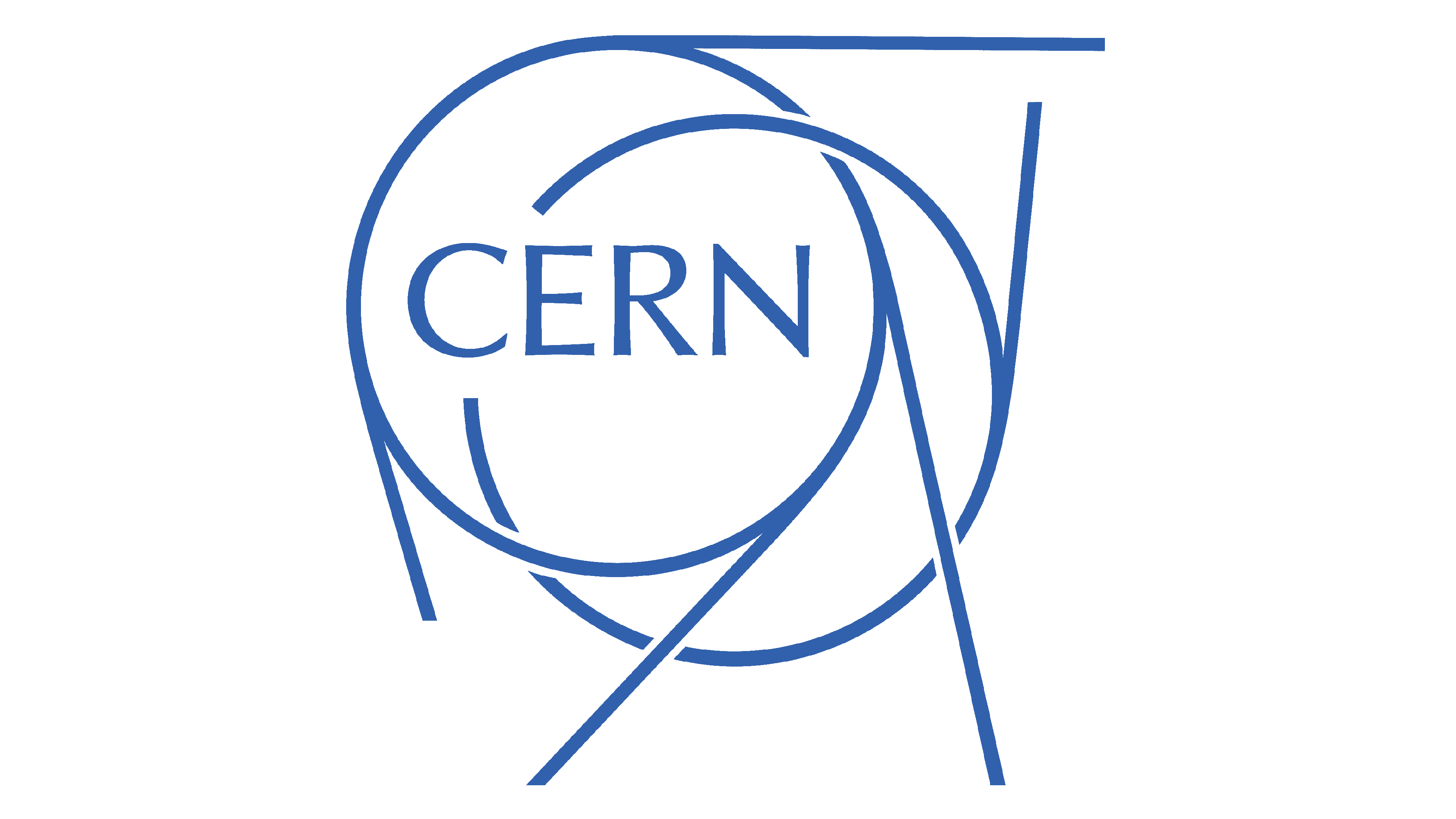Cern Logo
CERN united the efforts of European scientists to study microworld. In addition to the member countries, there are observer countries whose scientific institutes are also actively involved in CERN research. Almost half of all specialists from all over the world in the field of elementary particles have gathered in one place. This team has already managed to achieve brilliant results. At CERN, they are not only concerned with elementary particles. It is the largest and one of the most advanced engineering centers in the world. The achievements of CERN scientists in the field of informatics and computer technology are significant.
Meaning and History
The idea of creating CERN (Conseil Européen pour la Recherche Nucléaire) came to the mind of the physicist and Nobel laureate from France Louis de Broglie. In 1949, he proposed to organize an international organization to conduct fundamental research. The idea of de Broglie was supported by the government of European states, and three years later the European Center for Nuclear Research was already established. Twelve participating countries signed an agreement on its creation. The official date of birth of CERN is September 29, 1954. In the future, other countries joined them. In total, CERN occupies approximately 100 hectares of Swiss territory and 450 hectares of French territory. For a significant contribution to the development of science, CERN was awarded the Niels Bohr gold medal in 2013.
What is CERN?
CERN is a joint project financed by more than twenty European countries, and a dozen more countries and international organizations have an observer or associate member status in it. In addition to physics, the center is actively involved in medicine, energy, pharmaceuticals, computer science, etc. Today, this large-scale project has no equal in the whole world.
1954 – 1968
The original logo consisted of two circles and beams coming out of it. One of them was bolder than the other, while the second was formed from multiple thin lines. It resembled a synchrotron, the key element of the whole organization. The initials of the English version of the organization were printed in bold inside the bolder circle.
1968 – Today
Although there were a lot of designs proposed for the new logo, the organization went with one that looked a lot like the original one. The interlaced rings or three “6”s, as some believe, form the basis of the emblem. They are done using relatively thin lines and represent the accelerator chain. Across these rings, there is an acronym of the organization’s name in all caps. It is printed using a humanist sans-serif font with strokes getting thicker towards the center and the ends, creating an illusion of serifs. Although physicists, as a rule, are far from religion, the Hindu god Shiva became an unofficial mascot of the organization. The dance that he performs is considered one of the most important symbols in Hinduism, denoting the cyclical nature of the universe, and the eternal alteration of destruction and creation, which is very much in line with physics. When the dance stops, the universe will come to an end.
Font and Color
The original logo featured a bold sans-serif typeface. The logo introduced in 1968 used the Optima typeface designed by Hermann Zapf. This is a classic roman typeface without serifs that features strokes of different thicknesses. Originally, CERN used a black-and-white color palette. Later, one could also see a blue and white emblem, which could be associated with the sky and water, and nature in general.














